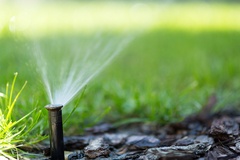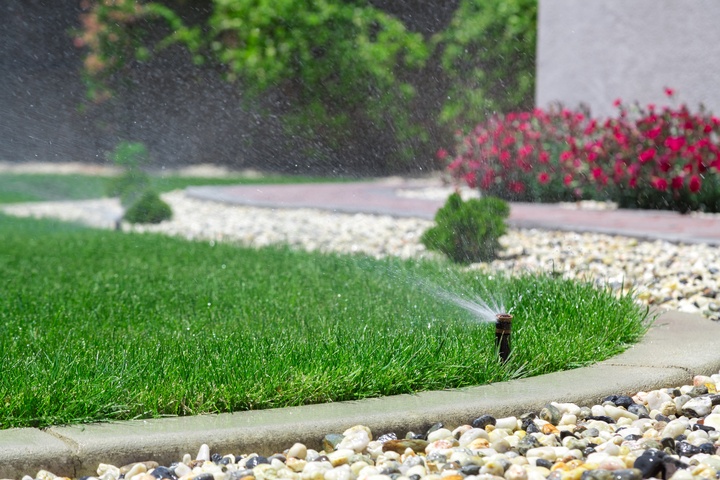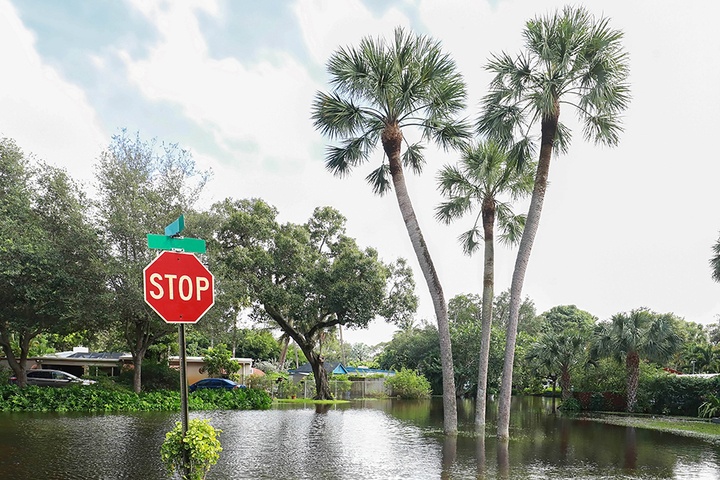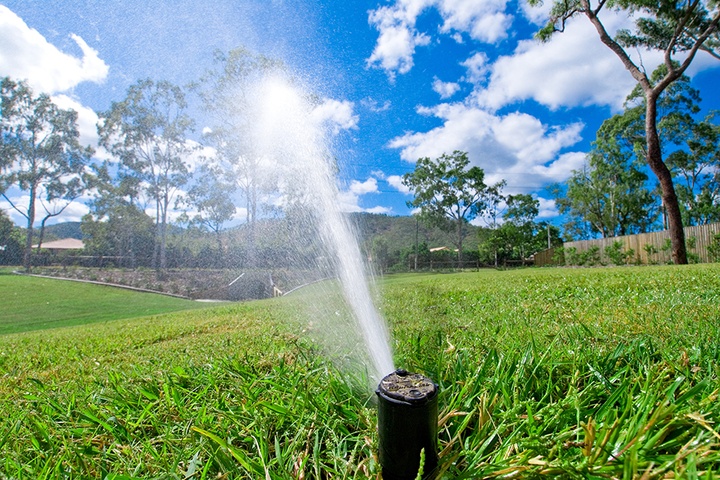Spring has sprung! The birds are chirping, and your grass and gardens are starting to come alive! So why not help them along with some Spring Irrigation Tips for Florida Lawns and Gardens. Here are a few:
Mulch your garden and landscape beds.
Mulch helps keep the soil moist and reduces erosion and weeds. Avoid piling mulch against plant stems and tree trunks to prevent rot.
Water at the right time.
Watering in the early morning or late evening when temperatures and wind speeds are the lowest will reduce water loss through evaporation. Tighter watering restrictions maybe for different counties ranging from one day per week to two days per week, and as restrictive as from 8:00 am to 6:00 pm for no watering.
Set your timers.
To keep your yard healthy with just enough water, it is essential to set your timer with a watering schedule that suits your area, considering the amount of rainfall you usually get. For example, in central Florida, a suggested watering schedule is two days a week (such as Monday and Thursday) with an irrigation run time that varies by month, as described in the table below. By following a similar type of schedule in your area, you can save about 10 - 20% on your water bill. However, keep a close eye for signs of excessive wilting if rainfall is not typical. The amount of watering needed can vary by the types of plants you have in your yard.
Position sprinklers properly.
Make sure the water lands on your plants and grass and not on paved areas. Lawns only need about ¾ inch of water in one watering session. Place empty tuna cans or measuring cups around the yard (all within range of the sprinkler, some close, some farther away). Turn on the sprinkler for 30 minutes. After 30 minutes, measure the amount of water collected in each can/cup. Check to see if there was even distribution of water in all the cans/cups. If the cans/cups collected ¾ inch of water, then you know you need to water for 30 minutes. If the cans/cups collected more or less than ¾ inch of water, then calculate approximately how long you need to water your landscape so that it receives ¾ inch of water in each watering session.
Calibrate your irrigation system.
Be sure to calibrate your irrigation system to determine how long to run the system so that it delivers the amount of water recommended for your area. Irrigation systems can be very different and could be delivering too much, not enough, or just the right amount of water, depending on the type of irrigation system and the zone being watered.
These are just a few tips to get your lawn and garden growing green this Spring!



